Bronding: what is and the technique of staining
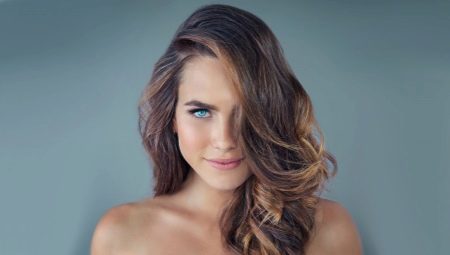
Every year stylists and trendsetters dictate the fashion in the field of hairstyles: and although at times the trends go towards rather extreme looks, the classic options are firmly held in the cage. This is a craving for natural: shades, highlights, overflows and hair density. It all encompasses booking, a popular and evolving technique.
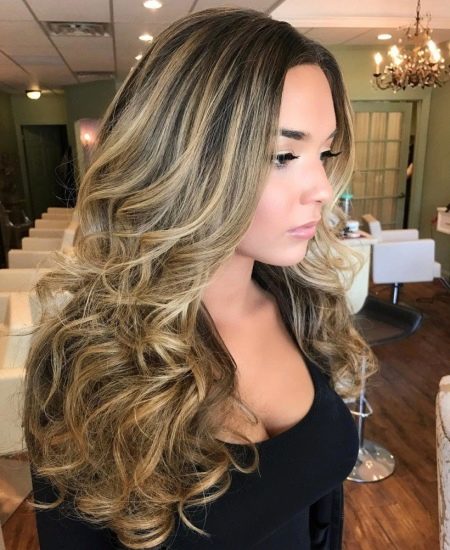
What it is?
Bronding (or brond) means a mix of highlighting and coloring, as a result of this combination, the hair should look as natural as possible. The technique is based on soft, natural overflows that visually add volume to the hairstyle.
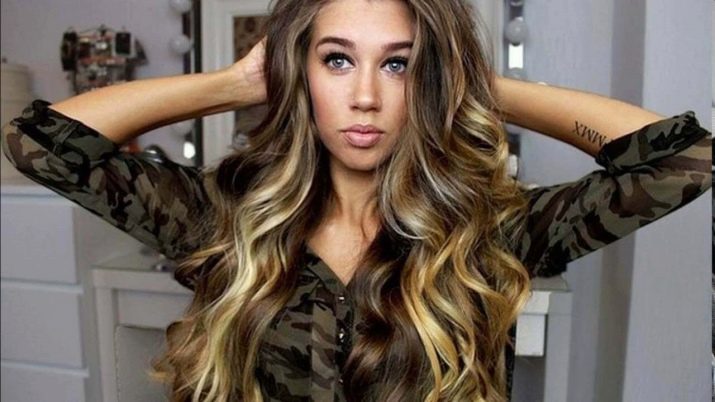
The master will select the color based on the natural shade of the client's hair.
The technique involves dyeing individual strands along the entire length with a constant indent from the hair roots. The dyed strands will not differ significantly from the natural shade - the discharge is within only two or three tones. For this reason, bronzing hair cannot be confused with either shatus or highlighting: these techniques do not so much emphasize the naturalness of the image and the softness of the transitions.
Finally, when booking, the master uses gentle paints, because there is no need to radically repaint the strands.
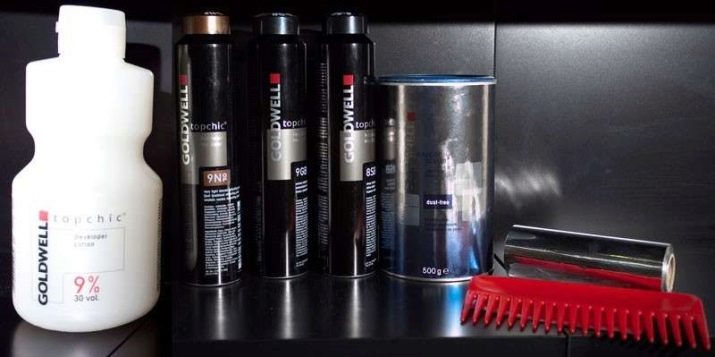
Booking has at least 5 significant advantages:
- hair after such a procedure seems thicker and more voluminous - both loose and intertwined;
- bronde makes it possible to grow a natural color without stress - no one will notice a significant difference between the regrown roots and the main length;
- the technique does not require sacrifice - the image changes, but the master will not take radical actions (the paints are sparing, the result is obviously suitable for the client, since it relies on the natural shades of the hair);
- with the help of a bronde, you can create the effect of burnt hair that does not go out of fashion;
- bronding is universal - suitable for brunettes, blondes, and "gray mice".
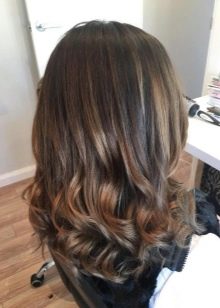
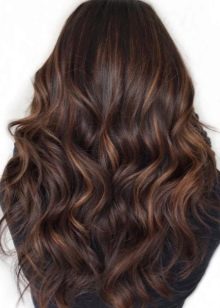

The technique is also unique in that during its existence it has branched out into types and subspecies, therefore such work can be called subtle, individual, not using universal faceless templates.
Difference from other techniques
People who are far from the beauty industry can get confused about the concepts: highlighted, colored and bronzed hair seem to them to mean the same external image. But the difference between the techniques is great.
Using highlighting, the master lightens the hair along the entire length. And if on a natural blonde lighter strands look convincing, then such coloring is rarely suitable for brown-haired women or brunettes. Against the background of a dark color, streaked strands sometimes look really attractive: if 10-15 years ago such aesthetics were appropriate, today this method of staining seems crude and outdated.
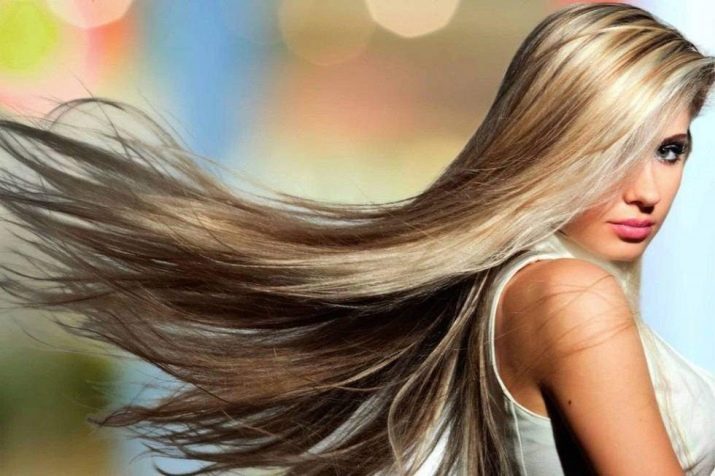
Coloring Is a term that even experts manage to interpret in different ways. The layman believes that coloring refers to the technique of giving hair bright, intense shades. In fact, this method does not mean highlighting strands, but dyeing all hair using different shades, sometimes competing... Coloring can be horizontal and vertical.
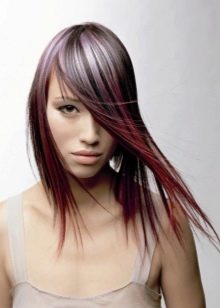
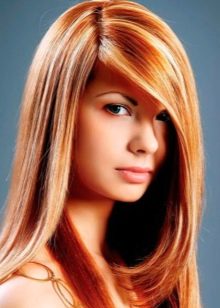

Shatush is a popular staining technique based on a soft transition from dark to light shades... An Italian stylist, inventing a progressive technique, named it by analogy with a rare type of English wool. But the author of the painting rather had in mind a different meaning of the word "shatush" - luxury.
The main technique is to stretch the color, this is how it differs from highlighting.
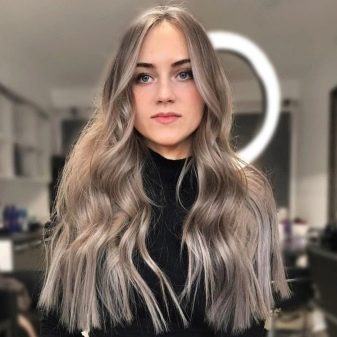
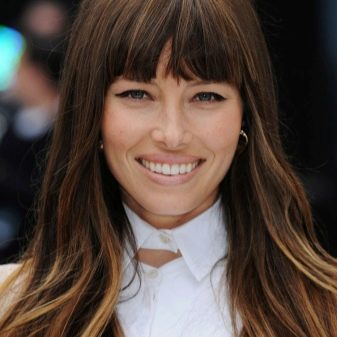
Bronding has absorbed the nuances of each of the techniques presented, but it is all the better that all techniques are performed so filigree that often armored hair cannot be distinguished from natural. Both soft transitions and gentle highlights create the illusion of rich natural overflows.

Who is it suitable for?
The main requirement is long hair. Owners of short haircuts also do staining in this technique, but they do not allow to demonstrate all the advantages of the method. If the hair is below the shoulder blades and straight, this is ideal for bronzing. Such initial data give the coloring to play in full force.
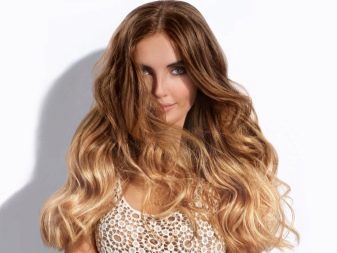
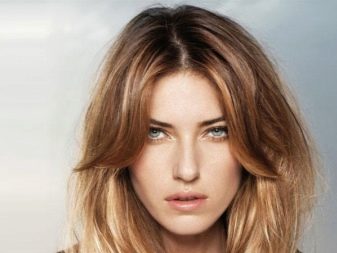
Let's figure out how effective booking is for different categories of clients.
- Short hair. Suitable for blondes who prefer not a solid color, but the playfulness of natural transitions. Sharon Stone and Charlize Theron have used such a technique more than once that they undoubtedly suit. For girls with short haircuts, the booking option should not be discounted, if only because professional work will allow you to arrange the strands with a changed shade on the face in such a way that it will visually rejuvenate and refresh.
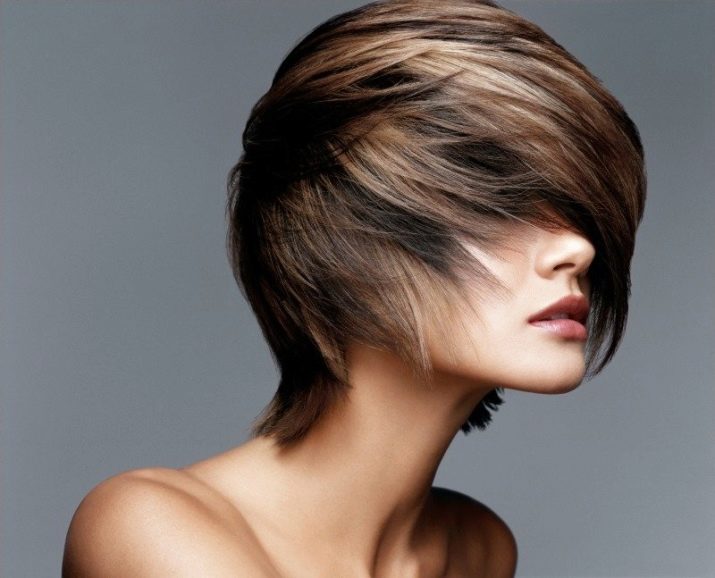
- Middle length. Hair of medium length and square is by no means a contraindication to bronchus, but expectations can be overestimated, and the master must warn the client. If you are going to grow your hair, this method will help make the growing process aesthetically pleasing.
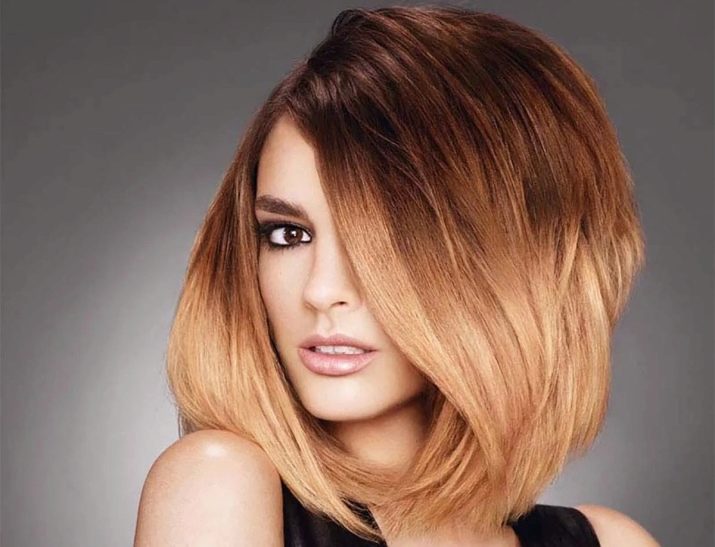
- Long. The best option that allows you to show all the advantages of technology, to maximize the play of color and glare, to emphasize the volume. But if the hair is weakened, requiring initial color alignment and resuscitation, it is better to postpone the bronde.
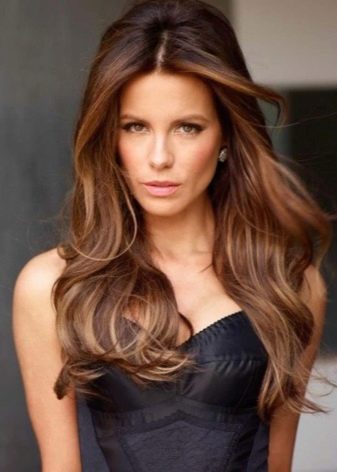

- Straight. Also the preferred category of clients is women with naturally straight hair. Curly and curly hair can blend the effects that the master worked on with their structure.
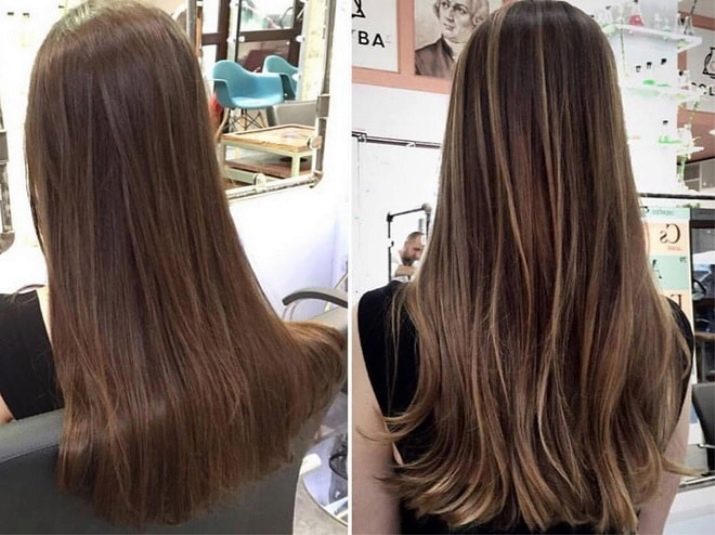
- Blondes. One of the best options is for natural blonde hair. Blond acquires volume, layering, the effect of strands burnt out in the sun. As a rule, in blondes, the root zone of the hair is darker, due to such a natural transition, bronding looks convincing on light hair. Blondes who decide on brond can afford many variations and nuances.
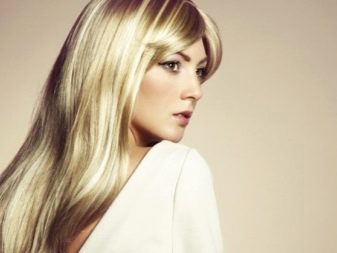

- Chestnut. The deep chestnut color can play differently if an experienced craftsman takes on the client. This option looks good on swarthy and tanned girls, it suits brown-eyed ladies with bright facial features.
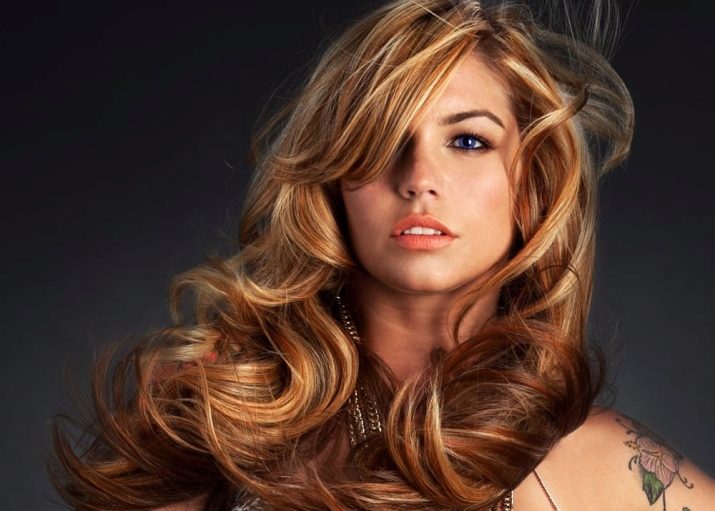
- Redheads. An option that can be both grandiose and disastrous. The beauty of the red color is that, with the successful work of the master, it will always look like natural. But if the bronde is bright, active, without softness, it may seem grotesque.
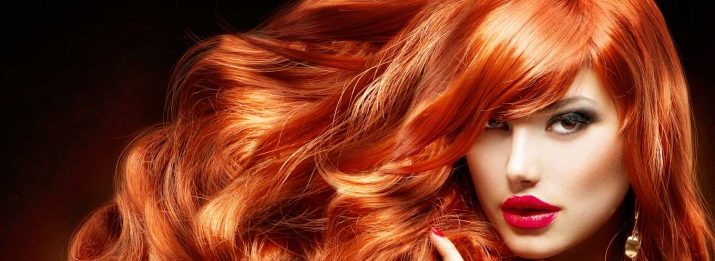
- Black. If the hair is too dark, it will have to be lightened to brown, and only then proceed to bronzing. Brunettes often prefer zonal coloring, when only the upper part of the hair changes, while the bottom remains natural. The master tries to choose friendly chestnut, copper, cognac shades for dark strands.
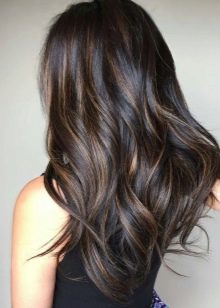
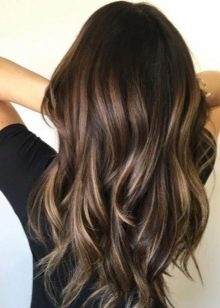

- Gray-haired. Bronde for gray hair has become a trend in recent seasons. Women who are no longer shy about natural changes in appearance want to soften the visual perception of gray hair a little - bronde allows you to do this to the fullest. In this case, even relatively short gray hair can look more elegant and aristocratic precisely due to the bronde.
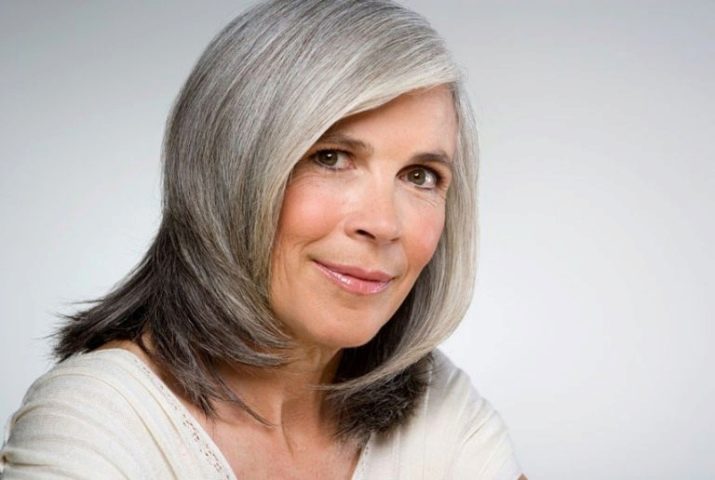
A preliminary consultation with a master is required: often a specialist advises to first revive the hair, strengthen it, and only then try a complex coloring.
Views
The type of bronzing that the client chooses together with the master depends on the length of the hair, and on the original color, and on the expectations of the woman herself.
Let's consider in more detail the types of technology.
- Classic. The main emphasis is on the use of shades that are extremely close to natural color. Paints darker than saturated light brown are usually not used, pearl and platinum highlights are the most popular. Brown-haired women, with the classic variety of brondes, acquire honey or copper strands.
- Zone coloring. It is stylish and modern, and also economical, because paint is used only in certain parts of the head. Usually, the upper layer of hair stands out light, while the lower one is left as it was or is dyed in an even dark shade.
- Chocolate coloring. This is a trendy hair transformation that has become especially popular since the beginning of last year. Chocolate brown, copper chestnut and coffee shades look beautiful, noble. Due to glare and overflow, the hair seems very thick.
- Ash staining. It is chosen by women who want to emphasize all the softness and beauty of a natural ash-blond or dark-blond color. The technique refutes the erroneous opinion that light brown color is always inconspicuous, inconspicuous, dull.
- California coloring (otherwise it is called Hollywood). This technique, which partly repeats the highlighting in an open way. This means lightening individual strands without the use of foil. As a result, it is possible to achieve a natural effect, and the borders and color transitions remain almost invisible. The roots remain dark, and along the entire length of the hair lightens towards the ends, which are usually the lightest.
- Copacabana. Dyeing is similar to the shatush technique, because the hair also looks pretty burnt out. Accents are placed on the tips and on the length, so the effect of regrown roots is not expected in this case. For lightening, the master takes warm tones - golden and honey, for example, which also allow you to create the illusion of burnt hair.

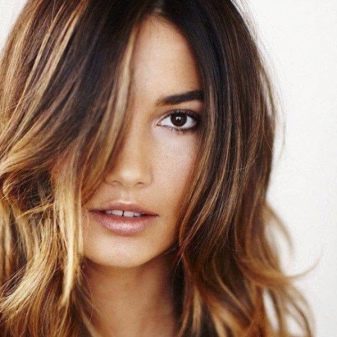
All types of booking have common features.The master does not mix the range of shades: either cold or warm. All selected colors do not differ from each other by more than 3 tones. If the hairdresser takes a large number of tones, the boundaries between the shades are blurred, but the natural effect goes away - therefore many colors are not used. In any type of booking, there are no contrasts and clear boundaries.

Execution technology
The paint for the entire procedure is selected from one series, which eliminates the conflict of shades. The master works with an ammonia-free composition, therefore brond is considered a gentle and gentle technology of transformation. Before the session itself, the specialist examines the hair, he cuts off the cut ends. Immediately after that, the hairdresser prepares the dyes.
At the first stage, the master should paint over the entire length in the background color. Then he applies additional shades, departing from the root about 3 cm. A comfortable brush is used, strokes are light, with alternating tones.
To prevent the paint from mixing, a release foil is used.
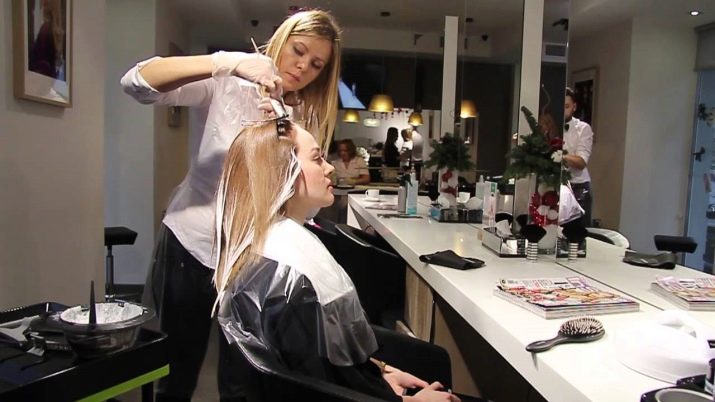
It is very difficult to do this at home, but if an experienced craftsman comes to your home, the result will be the same as in the salon. The dyeing scheme does not depend on where the work is taking place, in the salon or at home, the main thing is to have professional paints, tools and appropriate skills.
You can do the staining step by step by following the instructions.
- A thin strand is separated from the hair, the hairs of which are placed on a special tablet, then a clarifier without ammonia is applied to them. Approximately 3 cm recedes from the roots.
- Above the already processed strand, the master takes a new thin strand, it is lightly combed near the roots, the specialist puts its ends on foil, and a clarifier is taken. Then the foil must be folded in half and left on the hair in this folded state. The action is repeated again until the back of the head is processed.
- The master paints the crown of the head in a different shade, in order to do this, strands should be selected perpendicular to the growth of the hair. The strand that grows in the center of the treated area is not touched. The bangs are also dyed. The composition is not kept on the hair for more than 50 minutes, but it is not recommended to withstand the paint for less than 40 minutes.
- Additional tones will wash off faster - just 5 minutes on the hair is enough for them to do their job. The strands are tinted according to the scheme, the master's artistic look is very important.
- Then the master takes the client to wash off the dye, the hair is necessarily treated with a special conditioner and balm. The stylist proceeds to styling.
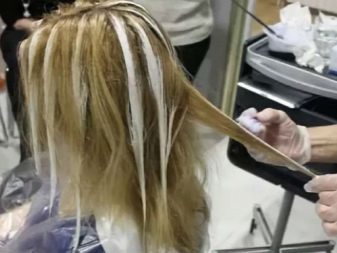
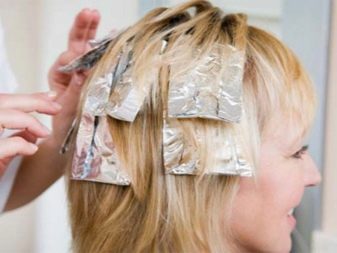
Some clients are against the use of paint, they ask the master to use tinting agents. But there is hardly a hairdresser who will agree to this adventure - light tonics are washed off very quickly, and the entire effect of an expensive, rather complicated procedure goes away in a couple of weeks.
If we describe the classic bronding scheme, it includes the following stages: consultation, paint selection, staining, shampooing, drying, styling. A haircut (even partial) can be present both before coloring and before styling.
For home booking, see the following video.
Care
After bronzing, the hair looks radiant and healthy. But the outer gloss needs to be reinforced with simple, but regular procedures. Do not change shampoo and other care products often, this will also stress your hair. Use a trusted brand, it is important that the shampoo matches the hair type and shade. A regenerating mask with a color-maintaining function should be done once a week.
And a few more interesting points.
- After bronda, you want to give your hair an even more spectacular look - curl curls or, conversely, straighten it. But hot instruments should be discarded for at least a couple of weeks. And if this is not possible, use them no more than twice a week. You should also not get carried away with a hairdryer - there is nothing better than a natural hair dryer.
- Some experts are sure that lamination can be used to fix hair bronzing. But this always requires an individual approach, so there can be no universal advice.
- In winter, if the hair is directly exposed to rainfall, wind and freezing temperatures, it can quickly fade. And the styling in such a situation practically does not hold. Therefore, if you cannot hide your hair under a scarf, braid it. A loose French braid is an ideal option to protect your hair from the weather.
- To correct the bronda, contact the master who performed the first staining. But if you are unhappy with its work, discuss with another specialist if it is possible to correct the staining. It also happens that a woman does not want to admit that her expectations were overestimated.
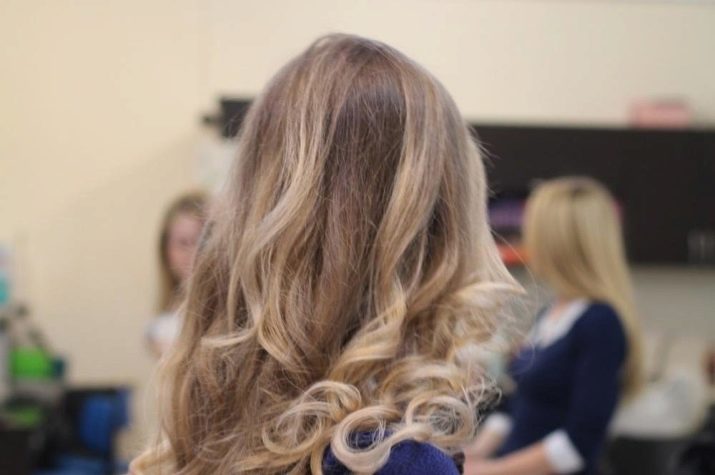
Often, after bronzing, you want to grow your color, and this trend is almost doomed to success - gentle growth without stress for a woman allows you to go to your goal without interruption.
Successful examples
Consider the best options for transformation with the help of booking, you can use the examples of stars. They could not pass by the fashionable coloring, and only won - see for yourself.
- Gisele Bündchen. The Brazilian supermodel is 38 years old, but still in the top 10 highest paid fashion models in the world. To maintain the image of a long-legged, tanned blonde, her pride helps her - a shock of golden wheat hair. It seems that Giselle has such curls by nature. But this is a skillful work of stylists who took the natural hair color as a basis, but brought the idea of nature to perfection with highlights and transitions.

- Sarah Jessica Parker... At 53, the movie star is still snapped up, conquering fashionable covers and taking new heights of cinema. A great example of the fact that it is not necessary to be born a classic beauty to have a stunning career and become a style icon. For a long time, Sarah has been faithful to one hairstyle (plus / minus slight variations), and bronzing on her thick hair looks perfect. Blue-eyed and tanned people should follow an example.

- Mariya Kozhevnikova. The mother of three children returned to the old image of a long-haired blonde, and he really suits her. But now the hair color of the actress is closer to natural, soft and flowing. Perhaps it was bronzing that helped the actress to painlessly grow her hair from an extremely short haircut.

- Rita Dakota. The singer plays with shades, but does not change the accent blonde. Many girls come to the hairdresser with the request "I want hair like Dakota." Fidelity to style and skillful handling of trends - the artist combines this perfectly.


- Ekaterina Guseva. The popular actress in her own way shows how bronding can play on red hair. No extreme transitions, only softly highlighted strands. This coloring suits Catherine very well, it emphasizes her greenish eyes, makes the image more delicate.

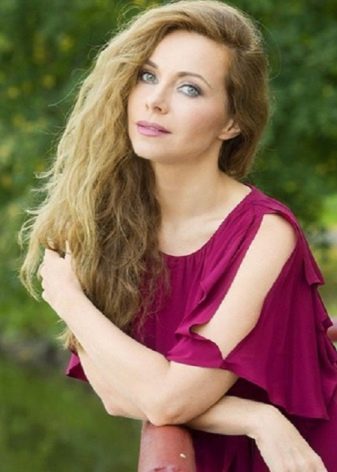
- Jessica Biel. Especially for brown-haired women - an excellent option for booking can be seen on the American actress Jessica Biel. Light blotches of light shades look natural and very soft, you can't say that Justin Timberlake's wife is 36 years old.
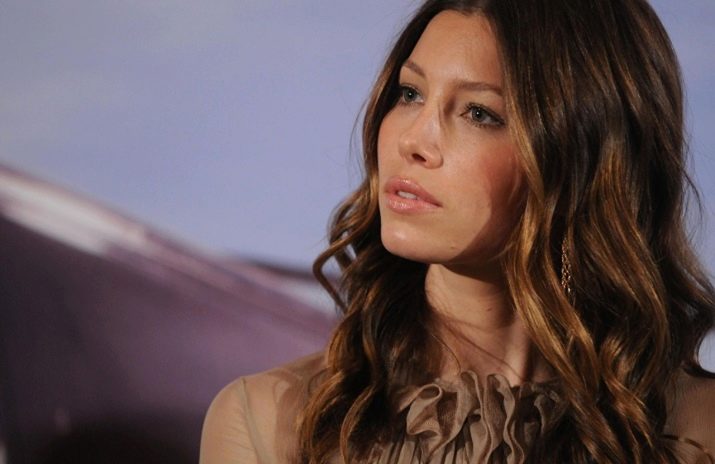
- Nicole Scherzinger. An example of how the bronding of sultry brunettes transforms. Nothing more, the master acted competently and accurately. A singer with this hair color looks fresh, an update to her face.

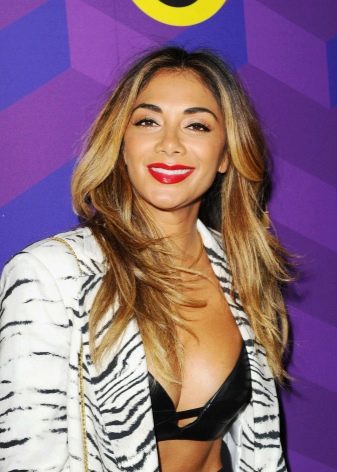
Brond is unlikely to go out of fashion soon: coloring claims to be a classic, because it was able to advantageously reconcile modernity and naturalness, naturalness and high technologies in one technique. To be fashionable, to follow trends, you do not need to radically change your nature. You can remain blonde or brown-haired, but a little touch-up of hair color helps the natural image to reveal itself as much as possible.
A preliminary consultation with a specialist will help you choose the option that suits you, as well as consider alternatives to booking, if required.








